Location
104R President Avenue, Caringbah South on the corner of President Avenue and Kareena Road.
Opening hours
- Monday to Friday 9:00am-4:00pm
- Non-daylight saving weekends and public holidays 9:30am-5:00pm
- Daylight saving weekend and public holidays 9:30am-6:00pm.
- CLOSED Good Friday, Christmas Day and Boxing Day
About the Gardens
The E.G. Waterhouse National Camellia Gardens are perfect for everything from a Sunday picnic to wedding ceremonies. Located in Caringbah and overlooking beautiful Yowie Bay, they're a favourite with Shire residents and visitors alike.
The gardens are recognised by the International Camellia Society as a Camellia Gardens of Excellence. There are sixty Camellia Gardens of Excellence in the world, with the Camellia Gardens and Lisgar Gardens in Hornsby being the only two recognised in NSW.
The gardens are over 50 years old, with the site’s rich history dating back further than 1970. From the 1900s through to the 1970s they were known as the Matson Pleasure Grounds. During this time they were a popular picnic and boating area for locals and even hosted the Crown Prince of Japan and officers of the visiting Japanese fleet in 1905.
Visit any day that the sun shines for the floral display and a coffee at The Jade Teahouse.
This is a special environment with a large plant collection and resident birds. Dogs and other animals are not permitted in the gardens, even on a leash, with the exception of assistance dogs. This is because the gardens are home to endangered species like the Powerful Owl and the Grey-headed Flying Fox, as well as many native ducks that enjoy walking around.
Download the brochure or map of the gardens to plan your visit.
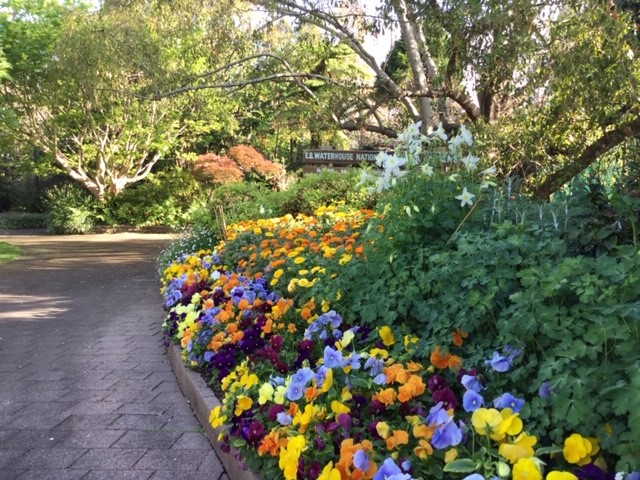
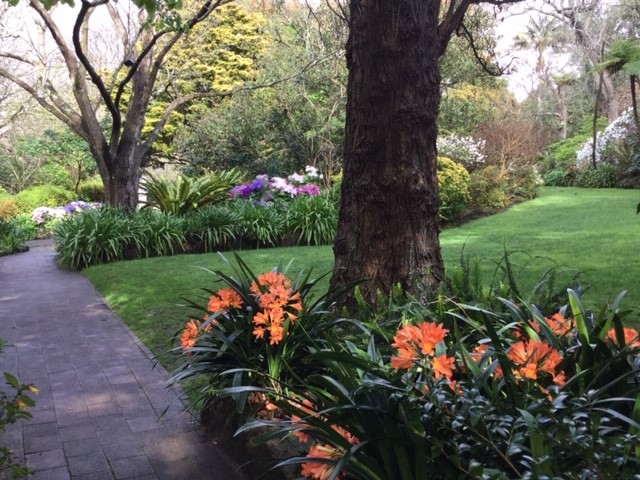
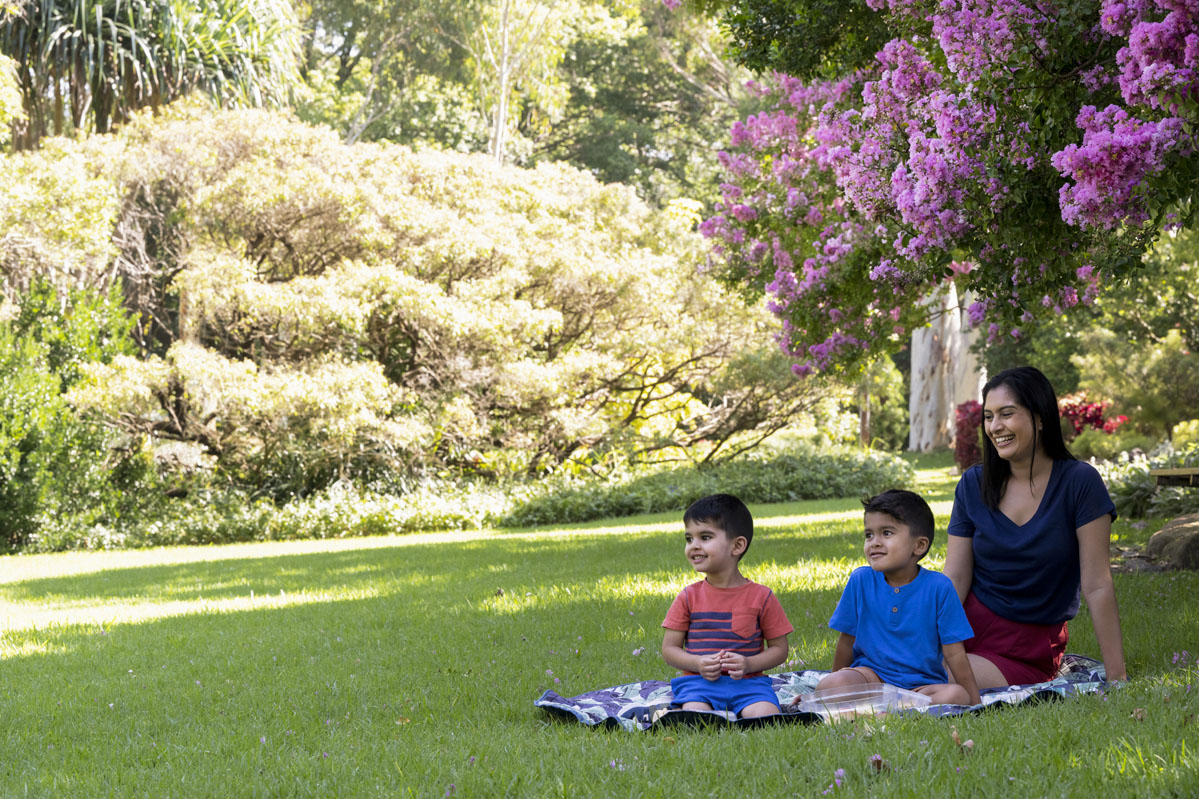
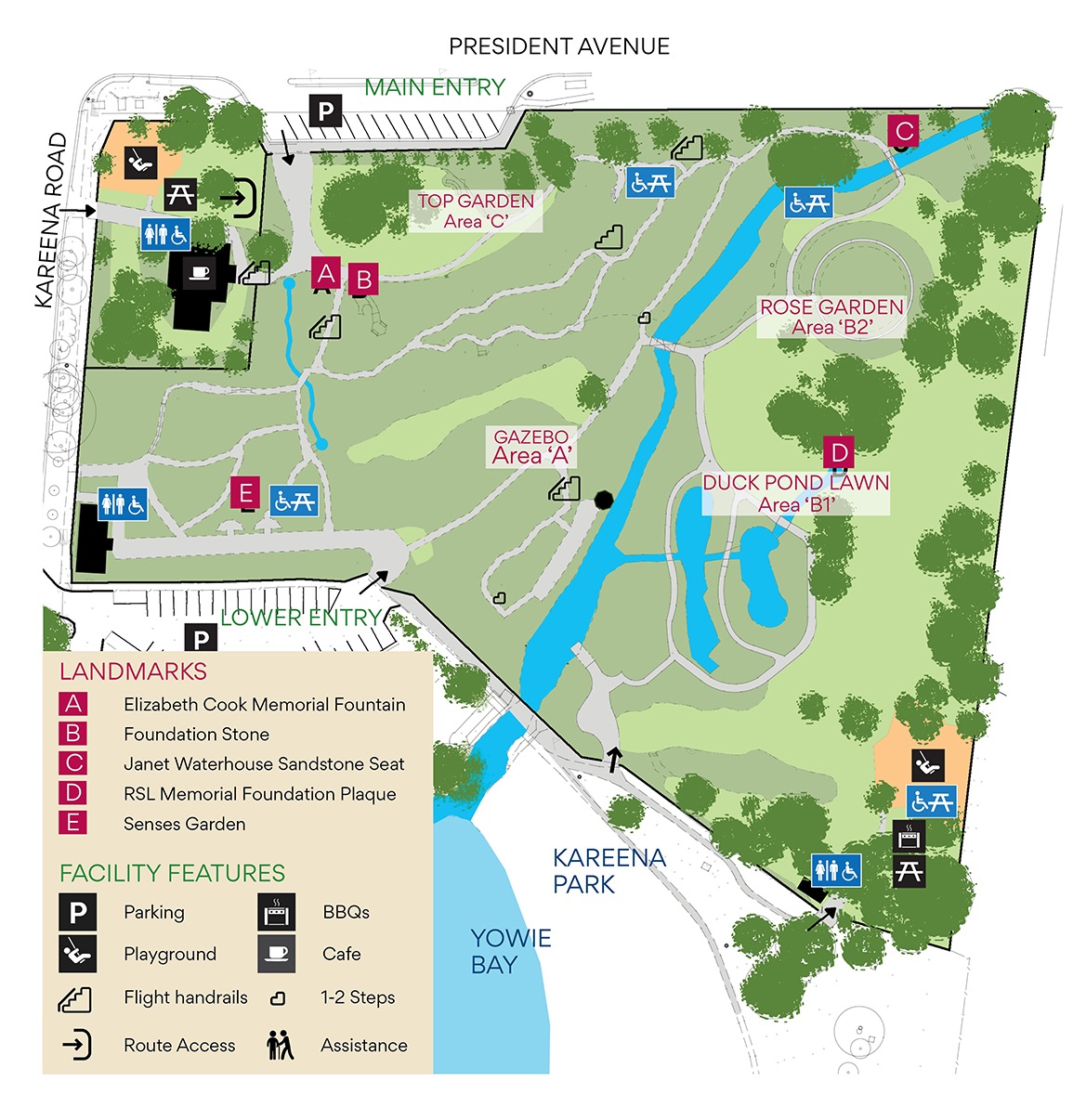
The E.G. Waterhouse National Camellia Gardens are a beautiful location to book for weddings and ceremonies.
Over 400 cultivars and species of camellia have been donated and acquired since first plantings began in 1969. The gardens are also a member of the International Camellia Society and the camellia collection is of unique value to Australian horticulture.
Camellias are in season during autumn and winter. Camellia sasanqua blooms from autumn to early winter early spring. Camellia japonica blooms from late autumn right through winter. Camellia reticulata is in bloom from mid-winter to September/October. Annuals bloom in spring, followed by roses in the summer months. Read about all the camellia species in the gardens, collated by Dr Stephen Utick.
Camellias Australia has produced a guide on exploring the collection.
The gardens are on a steep, sloping site.
Both the top and bottom part of the gardens are accessible however winding paths and stairs in the middle separate the two areas. Some sections are inaccessible or difficult to access with limited mobility.
Access is available from the top gates to the lawn and Teahouse areas. Access is also available from the lower gate to the specially-designed Senses Garden and to most of the lower sections of the garden.
Accessible toilet facilities are available next to the lower entrance, and next to the Teahouse at the top gates (which includes a MLAK). With assistance another pathway (uneven at times) leads over the bridge and up to the picnic area, where there are picnic facilities, BBQs and accessible toilets.
Download the brochure or map of the gardens to plan your visit.
Two playgrounds are located within the grounds. One is situated near the Teahouse at the top of the gardens while the other is located at the lower section near the BBQ area.
The Jade Teahouse cafe is located near the top gates, off President Avenue and serves breakfast, lunch and Devonshire and High Teas. The Teahouse is operated independently. The phone number for The Teahouse is 02 9540 2018.
Roses love the heat and are at their best in the warm months. The first flower buds form in September with flowering peaks in December and again in February.
The rose garden and its archway are particularly popular with brides as a backdrop to their special day.
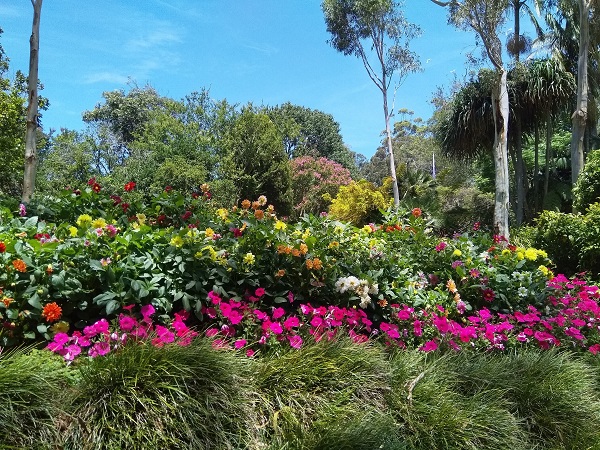
Many visitors to the gardens enjoy the experience of feeding animals. Duck food is available for purchase from the teahouse.
Please do not feed bread to the ducks and other birds as it:
- Is not healthy for our wildlife
- Causes buildup of bacteria in the water, which can be fatal for birds
- Attracts aggressive birds that prey on smaller species and ducklings, and upsets the natural balance of species
- Promotes destructive behaviour from native birds.
Wondering what to feed them instead? They love:
![]() Sweet corn
Sweet corn![]() Peas
Peas![]() Sliced grapes
Sliced grapes![]() Leafy greens
Leafy greens
Please ensure you place your litter in the bins provided.
The ducks at the gardens are wild and move in and out of the gardens as they please. Food offered by humans is only supplementary to their whole diet. Their diet includes worms, caterpillars, frog eggs, invertebrates and algae from the ponds. Staff at the gardens monitor the wellbeing of animals and work with wildlife carers when an animal is unwell.
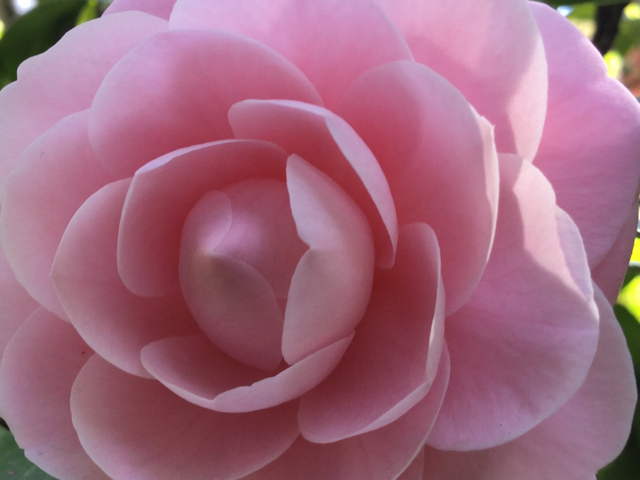
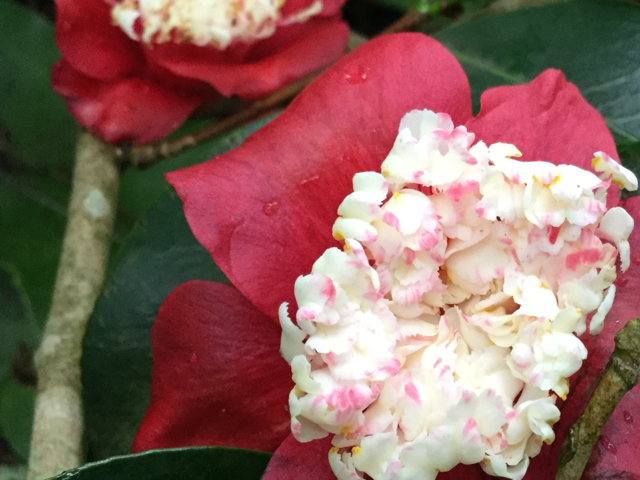
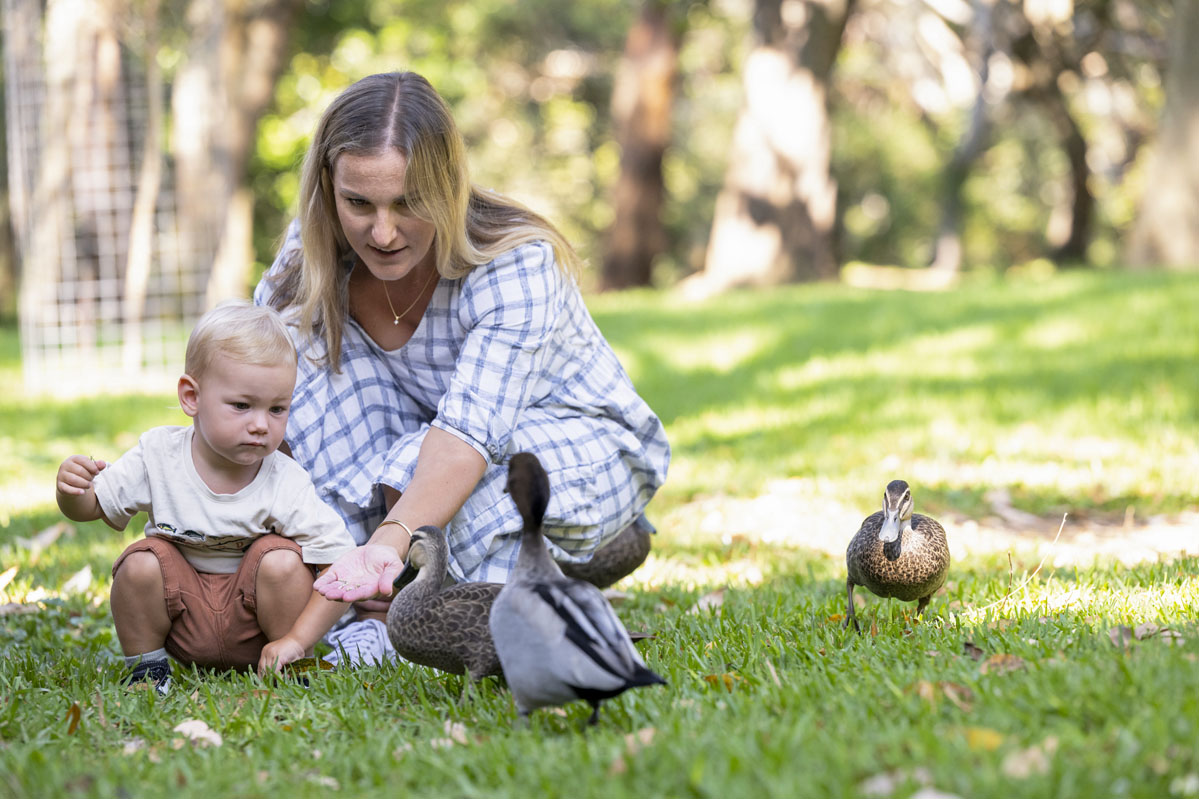
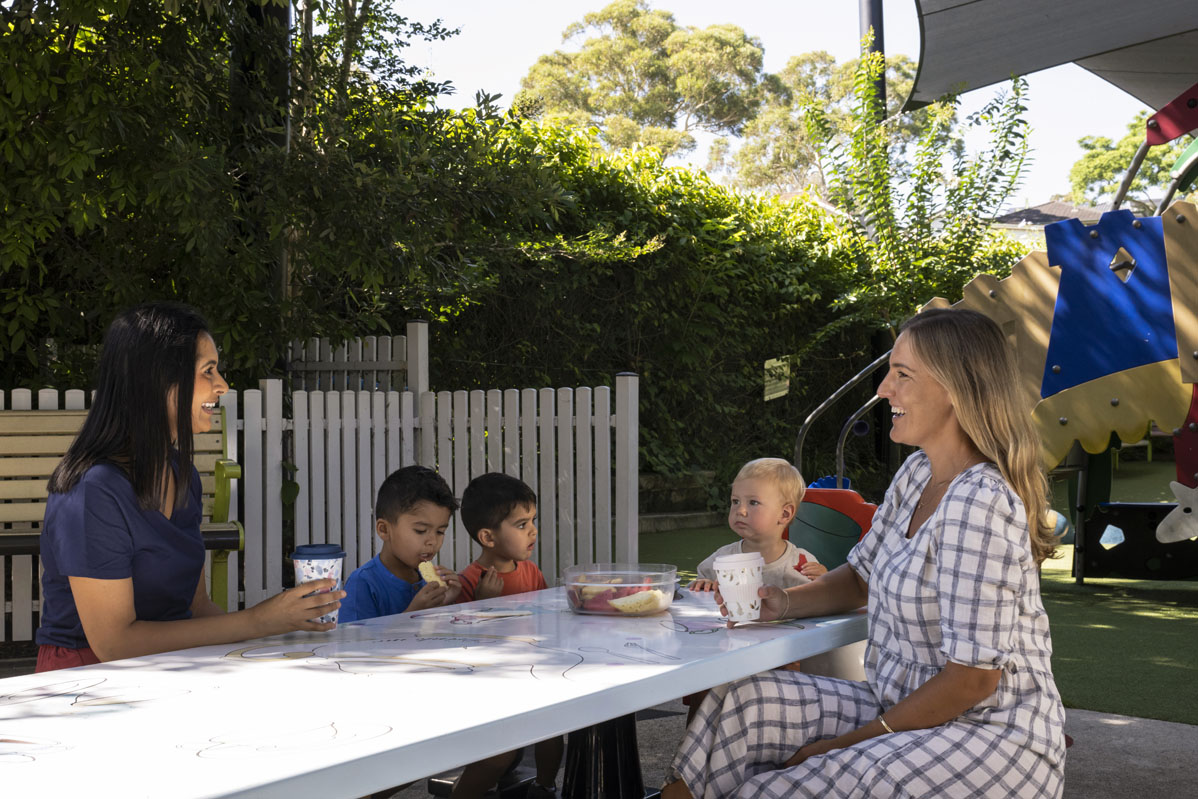
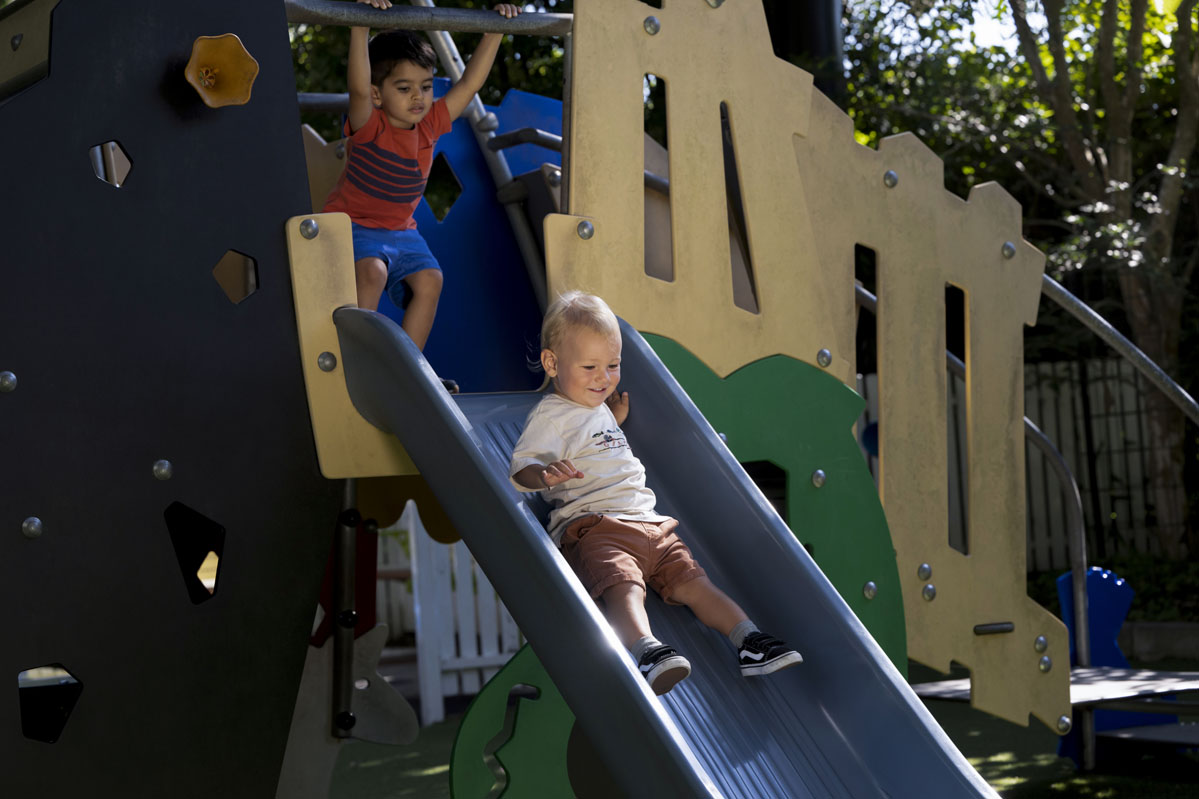
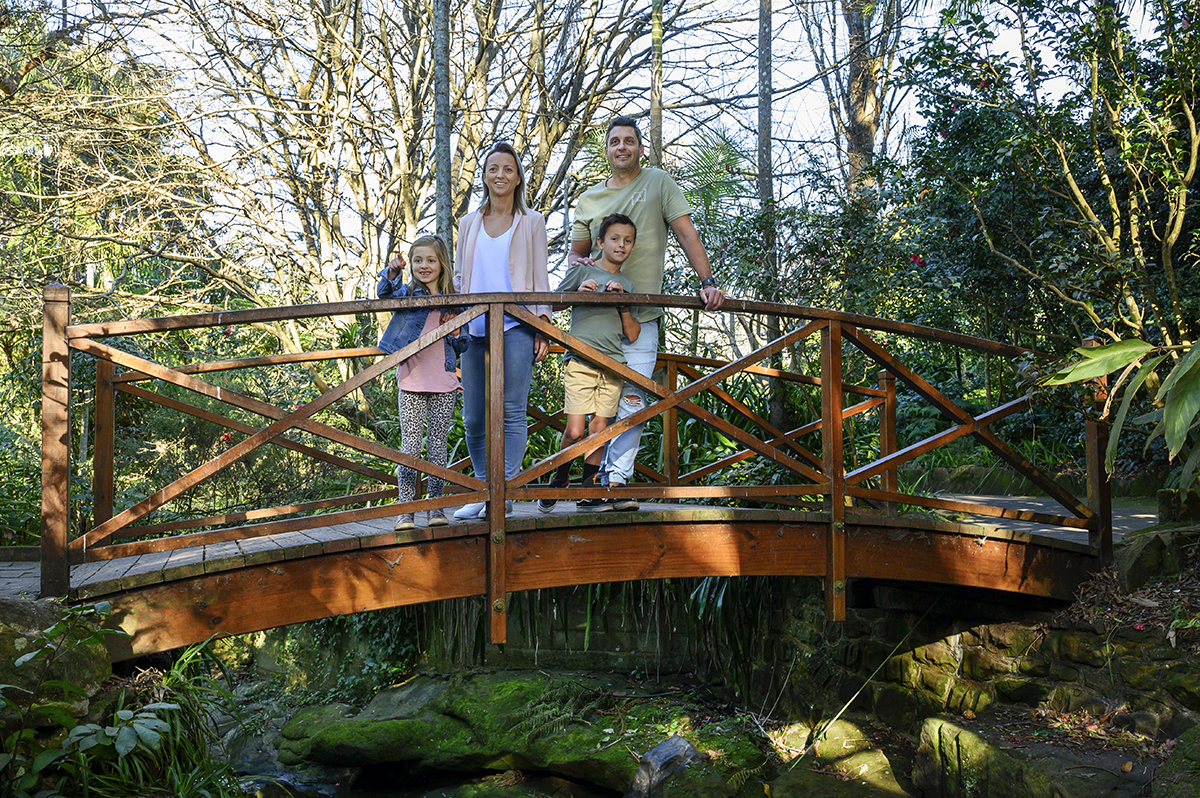
Useful links
- The Jade Teahouse - cafe opening hours, dine in and takeaway menus.
- Camellias Australia - established in 1952 as the Australian Camellia Research Society.
- How we restrict alcohol in public places
- Find out more about Grey-headed flying foxes
- Parks and reserves - explore over 600 parks and reserves.
- Hold an outdoor picnic or ceremony
- National Public Toilet Map - shows the location of more than 19,000 public and private public facilities across Australia, including toilets, adult change and baby care.
- Visit the Shire - a destination with pristine surf beaches, sparkling waterways and four spectacular national parks.